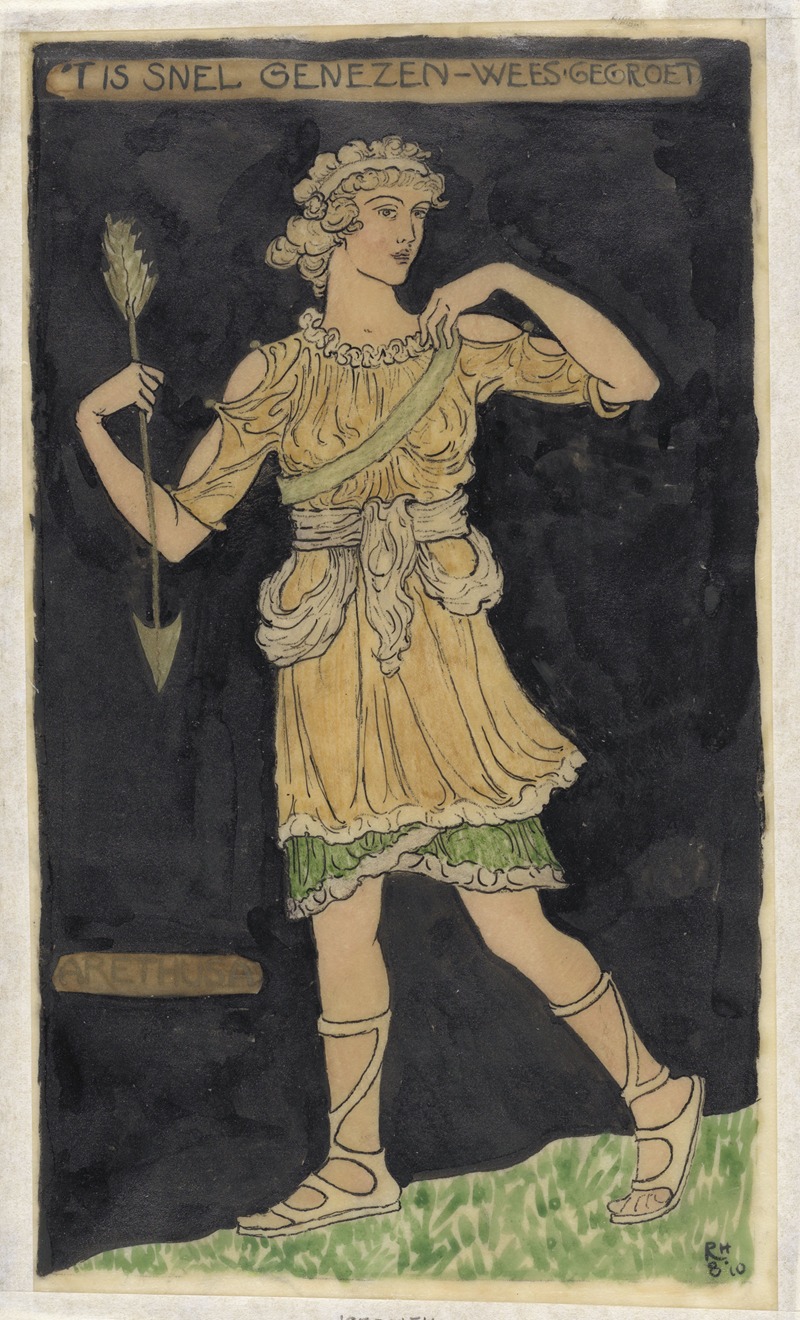
Ontwerp voor kostuum voor Arethusa
A hand-painted replica of Richard Nicolaüs Roland Holst’s masterpiece Ontwerp voor kostuum voor Arethusa, meticulously crafted by professional artists to capture the true essence of the original. Each piece is created with museum-quality canvas and rare mineral pigments, carefully painted by experienced artists with delicate brushstrokes and rich, layered colors to perfectly recreate the texture of the original artwork. Unlike machine-printed reproductions, this hand-painted version brings the painting to life, infused with the artist’s emotions and skill in every stroke. Whether for personal collection or home decoration, it instantly elevates the artistic atmosphere of any space.
Richard Nicolaüs Roland Holst (1868–1938) was a Dutch painter, designer, and writer associated with the Symbolist movement. He was a prominent figure in the Dutch art scene during the late 19th and early 20th centuries, known for his work in various artistic disciplines, including painting, book design, and decorative arts. One of his notable works is Ontwerp voor kostuum voor Arethusa (Design for Costume for Arethusa), which exemplifies his skill in theatrical and costume design.
This artwork is a costume design created by Roland Holst for the character Arethusa, a figure rooted in Greek mythology. Arethusa is traditionally depicted as a nymph associated with water, particularly springs and rivers. The design reflects Roland Holst's interest in mythological themes and his ability to translate these narratives into visual and theatrical forms. The costume design likely served as part of a broader artistic project, possibly for a theatrical production or a performance inspired by classical mythology.
The design itself showcases Roland Holst's characteristic style, which often combined elements of Symbolism with Art Nouveau influences. His works frequently featured intricate patterns, flowing lines, and a harmonious use of color, all of which are evident in this piece. The costume design for Arethusa likely aimed to evoke the ethereal and fluid qualities associated with the nymph, aligning with the Symbolist movement's emphasis on expressing deeper, often spiritual or emotional, meanings through art.
Roland Holst was deeply influenced by the social and artistic ideals of his time. He was a member of the Dutch labor movement and believed in the integration of art into everyday life. This philosophy is reflected in his diverse body of work, which includes not only paintings and drawings but also stained glass windows, murals, and designs for books and theater. His approach to costume design, as seen in Ontwerp voor kostuum voor Arethusa, demonstrates his commitment to creating art that is both aesthetically compelling and contextually meaningful.
The exact context in which this costume design was created, such as the specific production or performance it was intended for, is not well-documented. However, it remains an important example of Roland Holst's contribution to the field of theatrical design and his broader artistic legacy. Today, his works are celebrated for their craftsmanship, symbolic depth, and their role in the cultural history of the Netherlands.





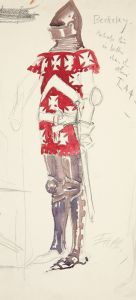
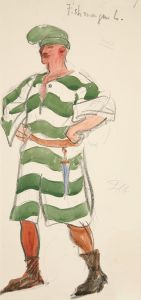
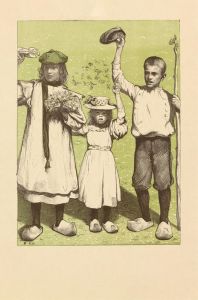
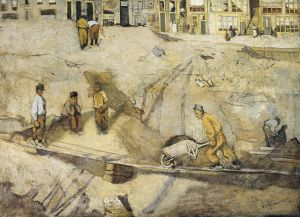
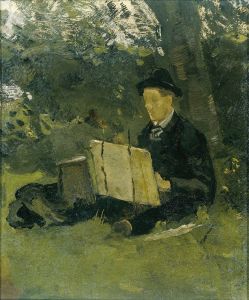
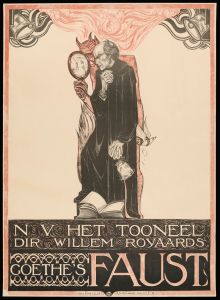
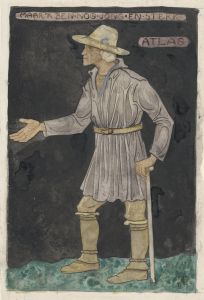

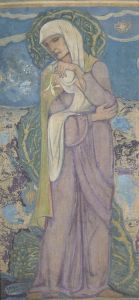
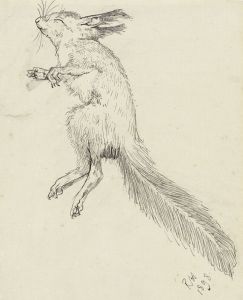
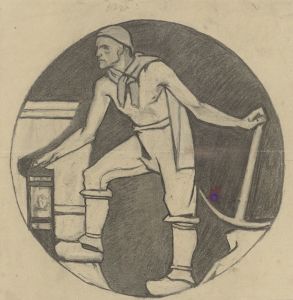
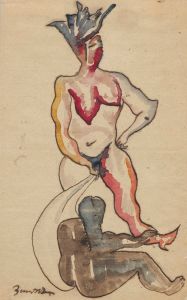
![Designs for the Tavern Club, 333 Michigan Avenue, Chicago, Illinois.] [Sketch for foyer and bay window](/imgs/249330/s/winold-reiss-designs-for-the-tavern-club-333-michigan-avenue-chicago-illinois-sketch-for-foyer-and-bay-window-f04f4d57.jpg)
